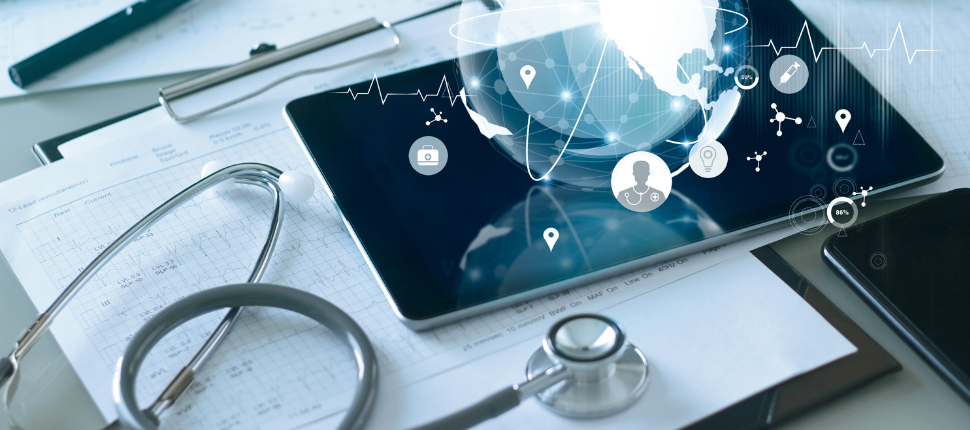Personalized medicine represents a paradigm shift in healthcare, moving away from a one-size-fits-all approach to treatment and embracing a more tailored, data-driven strategy. As our understanding of genomics, biomarkers, and the influence of lifestyle and environmental factors continues to grow, personalized medicine is expected to play an increasingly significant role in healthcare, leading to more effective and efficient treatments, and a more patient-centric approach to care. The recent advancements in genomics, such as the unveiling of a more inclusive human genome or "pangenome," paint an even more promising image for personalized medicine. Built from the DNA of 47 individuals of diverse racial and ethnic backgrounds, this new reference genome represents a significant leap towards truly personalized medicine that benefits all people, irrespective of their race, ethnicity, or ancestry.
As the volume of data generated by -omics solutions, electronic health records, and wearable devices continues to grow and improve, seamless data flow will continue to be vital and advanced analytics and machine learning algorithms will become increasingly important in processing and interpreting this data. These tools will enable healthcare providers to identify more precise treatment targets, predict patient outcomes, and optimize treatment plans.
Also, as more individuals undergo genetic testing, our understanding of the relationship between genes and diseases will continue to expand. This growing pool of data will help identify new genetic markers for diseases, leading to improved diagnostics, and the development of more targeted therapies.
Digital health tools like wearable devices and mobile apps are set to play an increasingly significant role in personalized medicine, empowering patients to take greater control over their own health. And as personalized medicine becomes more prevalent, regulatory agencies and payers will need to adjust to this evolving landscape. In the years ahead, we can anticipate updated guidelines for approving personalized therapies and shifts in reimbursement policies that acknowledge the distinctive value and challenges associated with personalized medicine.
We can anticipate a growing emphasis on collaborative care models, which involve assembling multidisciplinary teams of healthcare providers, data scientists, and other specialists to create personalized treatment plans. This approach will help ensure that the most pertinent information is considered when making healthcare decisions, ensuring that patients receive the most effective and efficient care available.
The success of personalized healthcare relies heavily on the seamless transfer of data, placing connectivity at the center of this transformation. As the driving force behind this innovative approach, connectivity will continue to be an essential factor in bringing personalized medicine, too, closer to its potential.



